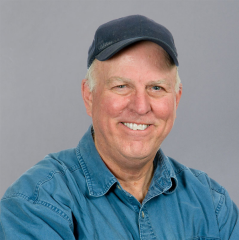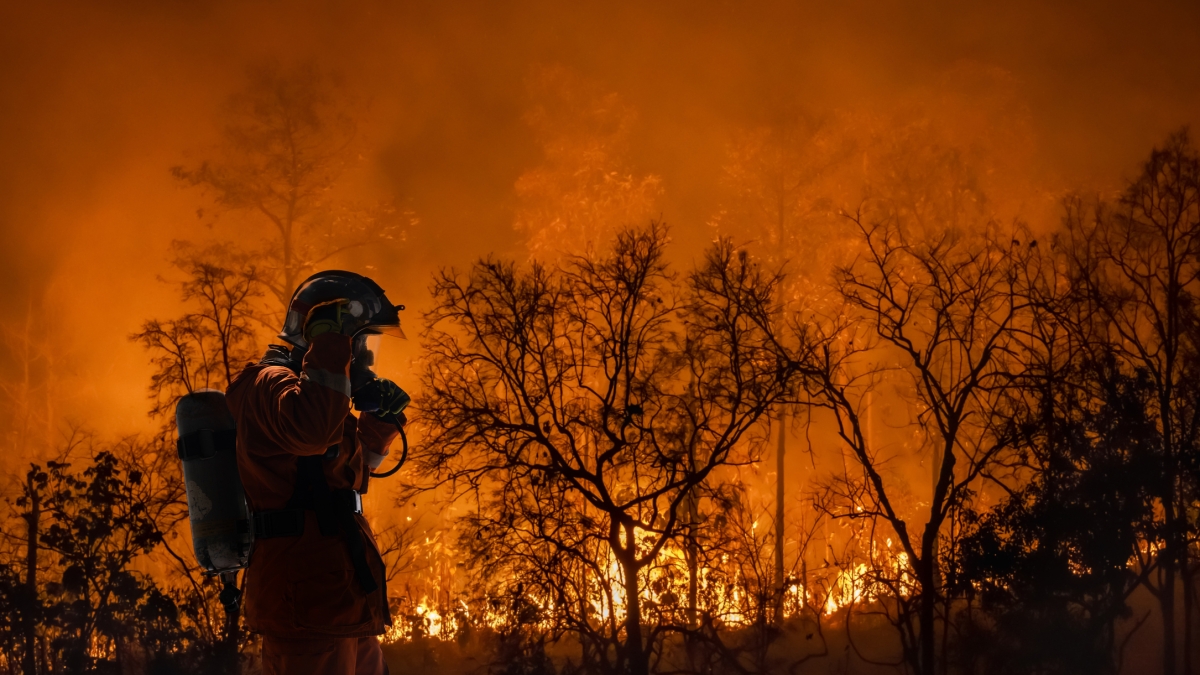Arizona enjoyed one of the wettest winters and springs on record, leaving many to believe this should translate to a mild fire season.
Not necessarily so, according to an Arizona State University professor and one of the nation’s foremost experts on the topic.
“Arizona is a great place for fire,” environmental historian Stephen J. Pyne said. “Wet winters lead to fires in the desert. Dry winters encourage fires in the mountains.”
Fire season in Arizona is usually associated with summer, and we’re inching closer. It starts June 21 — the first day of summer.
Pyne is a professor emeritus in the School of Life Sciences and the author of more than 40 books, mostly on the history of and management of wildland and rural fire. He spoke to ASU News to discuss Arizona’s upcoming fire season and its causes.

Stephen J. Pyne
Question: How do firefighters and academics such as yourself know when it’s fire season in Arizona?
Answer: The Phoenix metro area has traffic 24/7, but there are regular times when the traffic is especially congested, and they are called rush hour. Similarly, Arizona can have fires year-round, but there are times when the fires cluster, and those are the state’s fire seasons. Early spring tends to have the largest fires; monsoon summer has the most fires. Late fall, after monsoon rain and before winter snow, boasts a short season. Seasons thus vary by place — desert grasslands can burn whenever the grass is dry; mountain forests, before greenup, after dormancy or during droughts.
Q: Has fire season always been with us in the Grand Canyon State?
A: We’ve had it as long as the current climate and vegetation have been with us, both of which stabilized around 6,000 years ago.
Q: What are the tools or technologies used to help you determine fire season?
A: We can measure temperature, relative humidity, rainfall and the moisture of the fine fuels like grass, pine needles and twigs. These determine the flammability of the vegetation, which is to say, fuels. If you want to revive a campfire, you toss in dry leaves, needles and kindling. If you put a large, freshly cut chunk of tree on the flames, the fire will go out.
Q: Arizona had a very wet winter this year. Does that mean we’ll have less fires this summer?
A: The underlying rhythms of fire follow the rhythms of wetting and burning. You need enough wetting to grow fuels, and you need enough drying to allow those combustibles to actually burn. Wet winters encourage grasses — native or invasive — to flourish, which encourages spring/summer fires in the deserts but reduce favorable conditions for fire in the mountains. Dry winters mean there isn’t enough growth to carry fire in the deserts but make mountain forests more prone to burn. So, fire is always likely somewhere in Arizona.
Q: Any regions in Arizona more vulnerable than others?
A: It may make more sense to suggest which areas aren’t especially vulnerable — the lowest deserts, the highest peaks, the rockiest regions of the Colorado Plateau, all of which have little vegetation.
Q: In addition to practicing common sense, what can the general public do to help prevent forest fires?
A: Fire is a natural feature — it would flourish even without people. East central Arizona has the highest density of lightning-kindled fires in the U.S., but people modify dramatically the conditions for fires’ presence. Traditionally, this has meant adding and subtracting ignitions and altering the landscape by grazing, logging, converting natural into built environments and so on. Now, we are also changing the climate. We have a lot of fire in our future.
Top photo courtesy of iStock/Getty Images.
More Science and technology

ASU to host 2 new 51 Pegasi b Fellows, cementing leadership in exoplanet research
Arizona State University continues its rapid rise in planetary astronomy, welcoming two new 51 Pegasi b Fellows to its exoplanet research team in fall 2025. The Heising-Simons Foundation awarded the…

ASU students win big at homeland security design challenge
By Cynthia GerberArizona State University students took home five prizes — including two first-place victories — from this year’s Designing Actionable Solutions for a Secure Homeland student design…

Swarm science: Oral bacteria move in waves to spread and survive
Swarming behaviors appear everywhere in nature — from schools of fish darting in synchrony to locusts sweeping across landscapes in coordinated waves. On winter evenings, just before dusk, hundreds…


